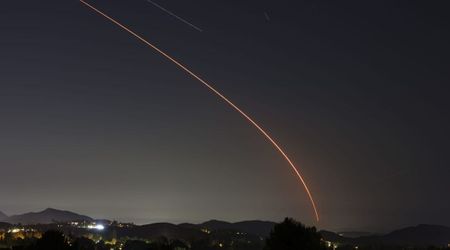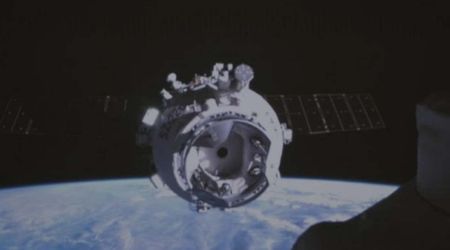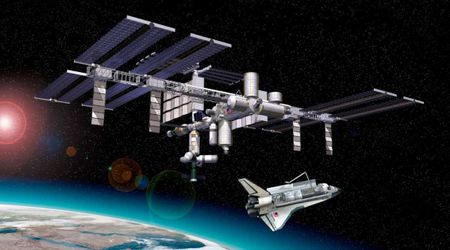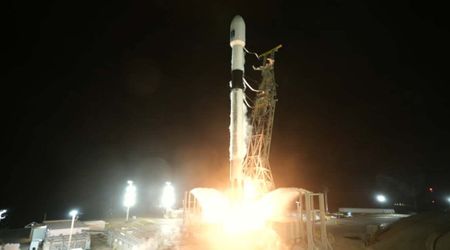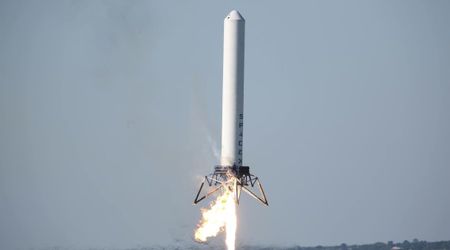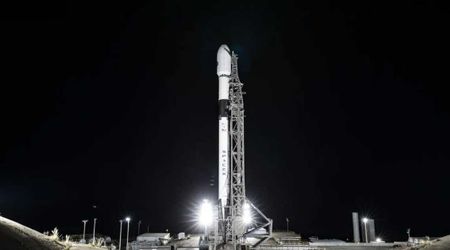Shenzhou-20 astronauts make it back to Earth following delay caused by space debris

The three astronauts of China's Shenzhou-20 mission are finally back home. Xinhua Net reports that they touched down at the Dongfeng landing site in north China's Inner Mongolia Region before 3:45 am EST on Friday (November 14).

The return trip had astronauts Chen Dong, Chen Zhongrui, and Wang Jie undock from the Tiangong space station aboard the Shenzhou-21 spaceship at 10:14 p.m. EDT on Thursday (Nov. 13). They had to make this switch because their original vessel, the Shenzhou-20, was found to be unsafe for reentry, per the China Manned Space Agency (CMSA).
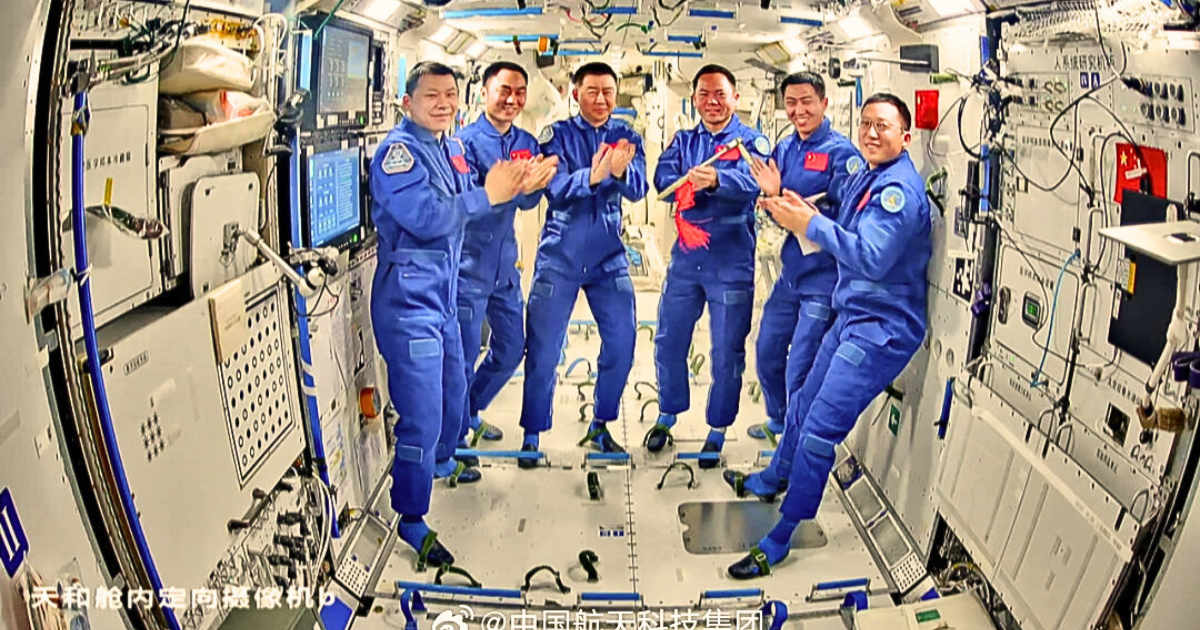
Originally, the crew was supposed to leave on November 5, but their launch got pushed back due to an incident where their spacecraft was hit, reportedly by a small piece of debris, as noted by Space.com. After this, some tiny cracks appeared in the return capsule's viewport window, making it unfit to safely carry the astronauts home. The damaged Shenzhou-20 will stay in orbit for further testing, according to Xinhua.
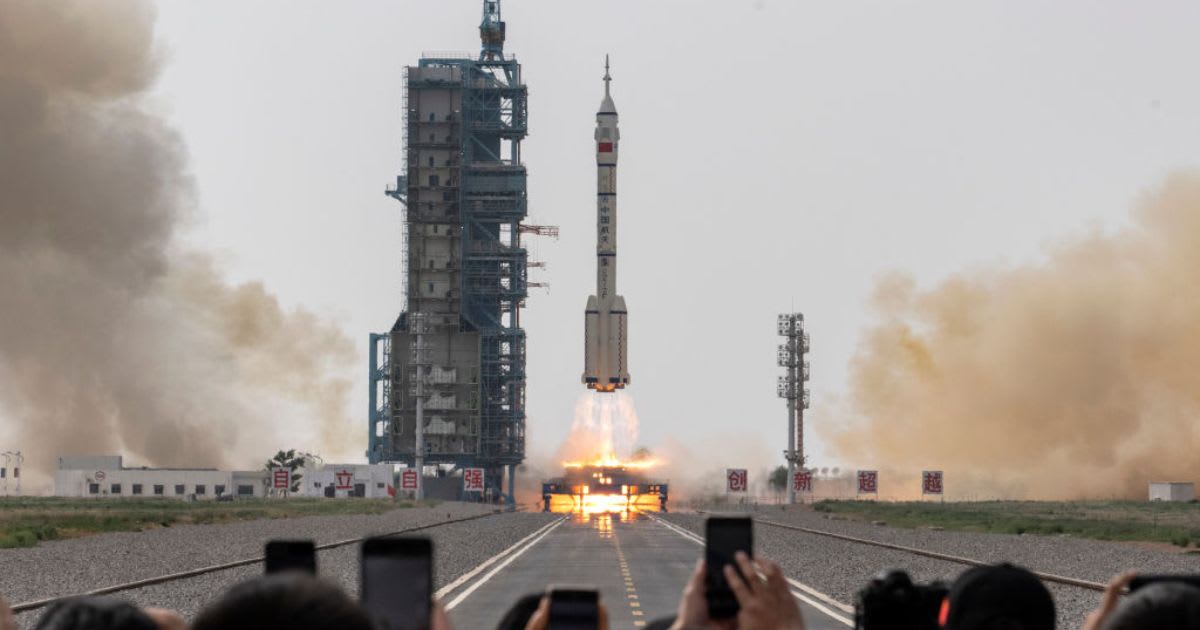
In a rare move, the CMSA opted to use the Shenzhou-21 vehicle, which had just arrived after launching on October 31 for a six-month mission at the station, to bring the stranded crew back. The astronauts, who had spent no less than 204 days in orbit (a new record for Chinese astronaut crews), are all healthy, per the CMSA.
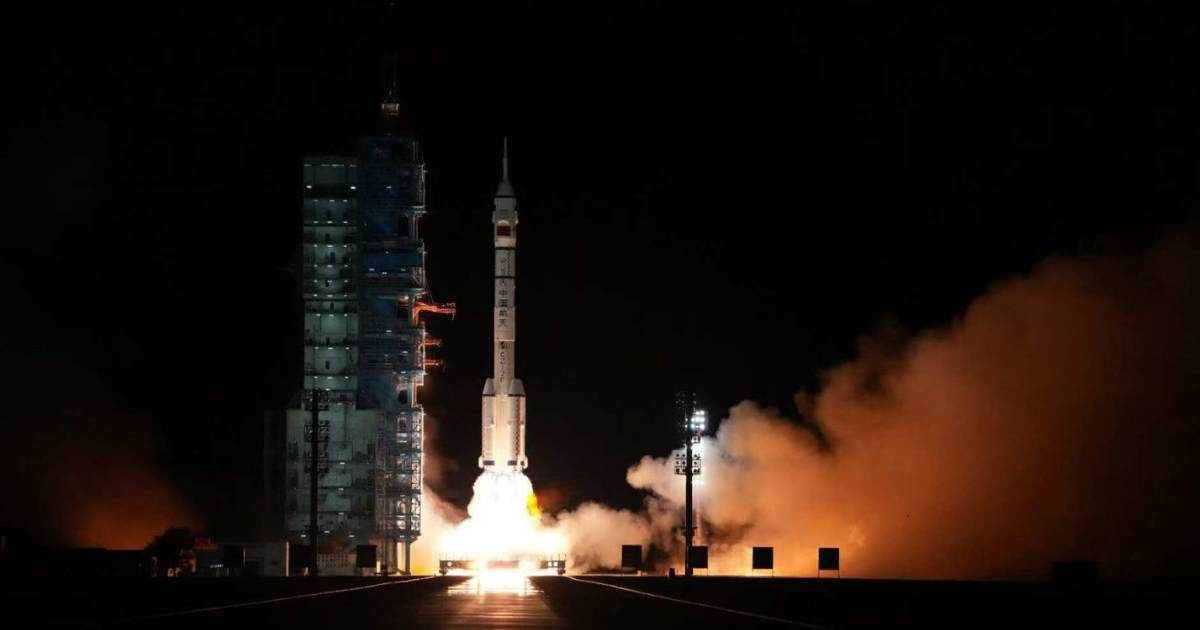
These astronauts, who took off on April 24, had a very successful mission at the Tiangong outpost. During their time up there, they conducted significant scientific research, engaged with the public, and completed four challenging spacewalks, where they installed new equipment, including protective debris shields. “I think this mission was a valuable experience, a test, and I’m very proud,” Dong, commander of the Shenzhou-20 crew, CCTV after exiting the re-entry capsule.
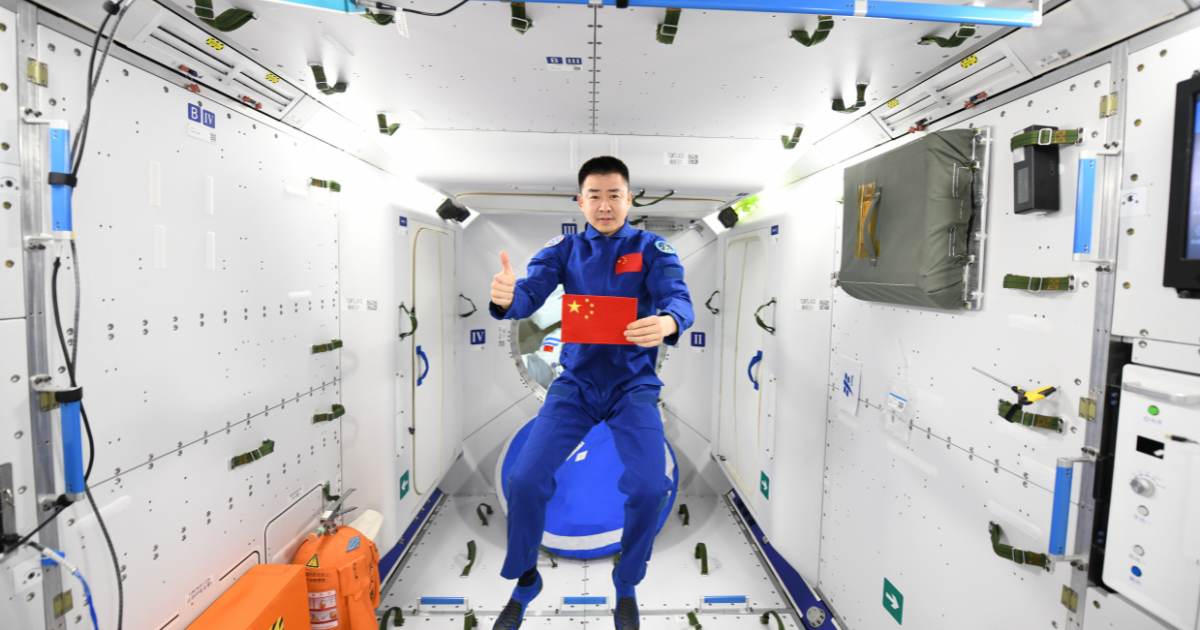
As for the crew that just took over, the Shenzhou-21 team will head home later aboard the Shenzhou-22 spacecraft, which is set for a presumably uncrewed launch at an unspecified date in the future. The new crew includes the 32-year-old Wu Fei, the youngest Chinese astronaut ever sent into space.

The Chinese space authorities emphasize that they always have a solid emergency rescue system ready for situations like this, which includes a backup spacecraft that can be quickly deployed if needed. There’s been some talk about whether the backup vehicle might need to be used soon, particularly the Shenzhou-22, which was meant for the next crew rotation. The preparations for launching the Shenzhou-22 were already underway at the Jiuquan Satellite Launch Centre in the Gobi Desert. Then, on Friday, the CMSA confirmed they would be getting the Shenzhou-22 ready for launch at an appropriate time in the future.
More on Starlust
China's Shenzhou-20 crew's return may be postponed after suspected debris impact
China prepares to launch Shenzhou-21 flight, sending youngest astronaut and mice into orbit
In a historic move, NASA and China held direct talks to prevent a potential satellite collision
